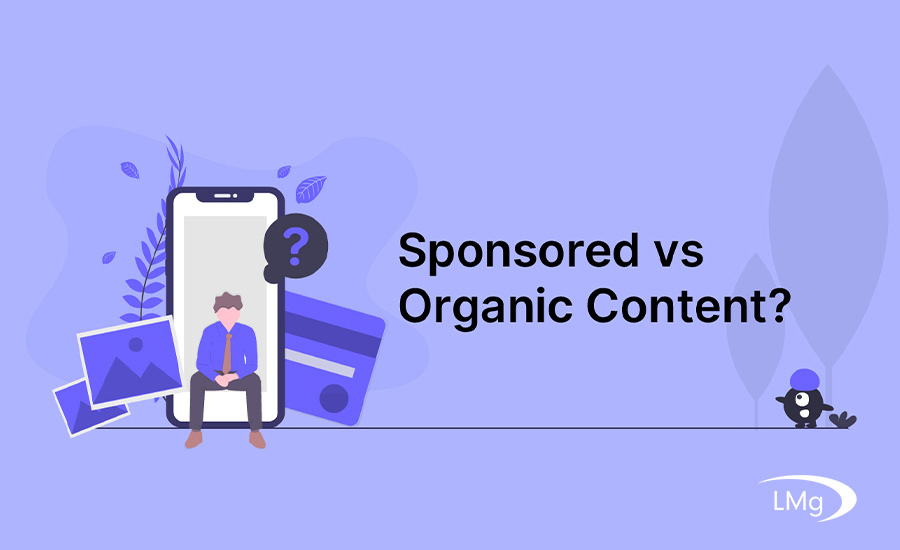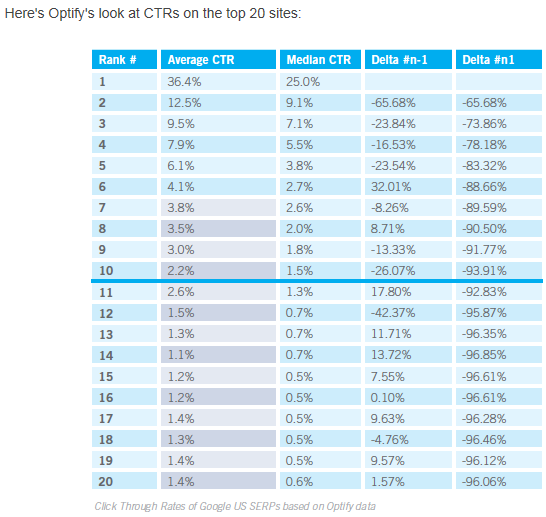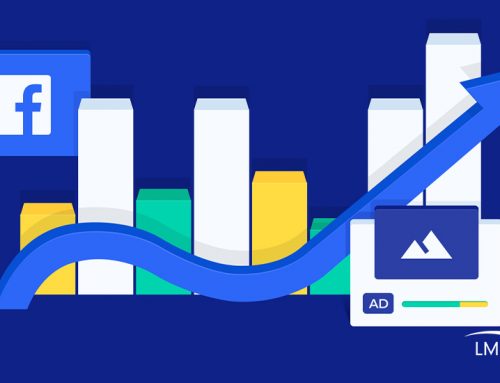Anytime a search is conducted on Google, Yahoo, or Bing, the search is separated into two sections on the results page, the “Sponsored” or “Pay Per Click” section and the “Organic” or “Natural” section. The highlighted listings at the top of the page as well as the listings in the right margin of the page are “Sponsored” sections. Those companies pay the search engine provider for listings in the search results. The “Organic” section of the page are the listings the show up in the heart of the page just below the highlighted area. Statistics show that more than 70% of people searching on the internet get their information in the “Organic” portion of the page.
According to a 2010 Optify Study the top three organic positions on Google receive 58.4% of all clicks from users with position “one” receiving 36.4% CTR, positions “two” receiving 12.5% CTR, and position “three” receiving 9.5% CTR. The first page of results over all received 89% CTR. Another 2010 study by MarketShare.HitsLinks.com found that 75% of search users never scroll past the first page of results.
Results of the Optify study are as follows:
Obviously with the top three positions getting nearly 60% of clicks, naturally top organic placement is critical for any “SEO” strategy. That being said, getting top three ranking requires a well designed strategy and time, effort, and patience.
Although, “Sponsored” or “Pay Per Click” can be used successfully in certain verticals and can be complimentary to organic placement, “organic” results clearly have superior CTRs and traction.







